It's not only Earth that experienced seasons: the night sky has seasons too, and spring is Galaxy Season!
As the months pass, amateur astronomers observe different celestial objects at different times of the year.
In summer we observe the misty band of the Milky Way and noctilucent clouds (NLCs).
In autumn we gaze at the star-frothed spiral of the Andromeda Galaxy.
Frosty winter nights belong to the Orion constellation, its nebulae and glittering star clusters.

Spring is ‘galaxy season’, when astronomers' telescopes swing towards a selection of constellations, hunting for the faraway galaxies that lie within them.
Here we'll look at beautiful springtime galaxies, find out why spring is Galaxy Season and discover a nearby galaxy cluster that should be on your observing list.
Why springtime is Galaxy Season
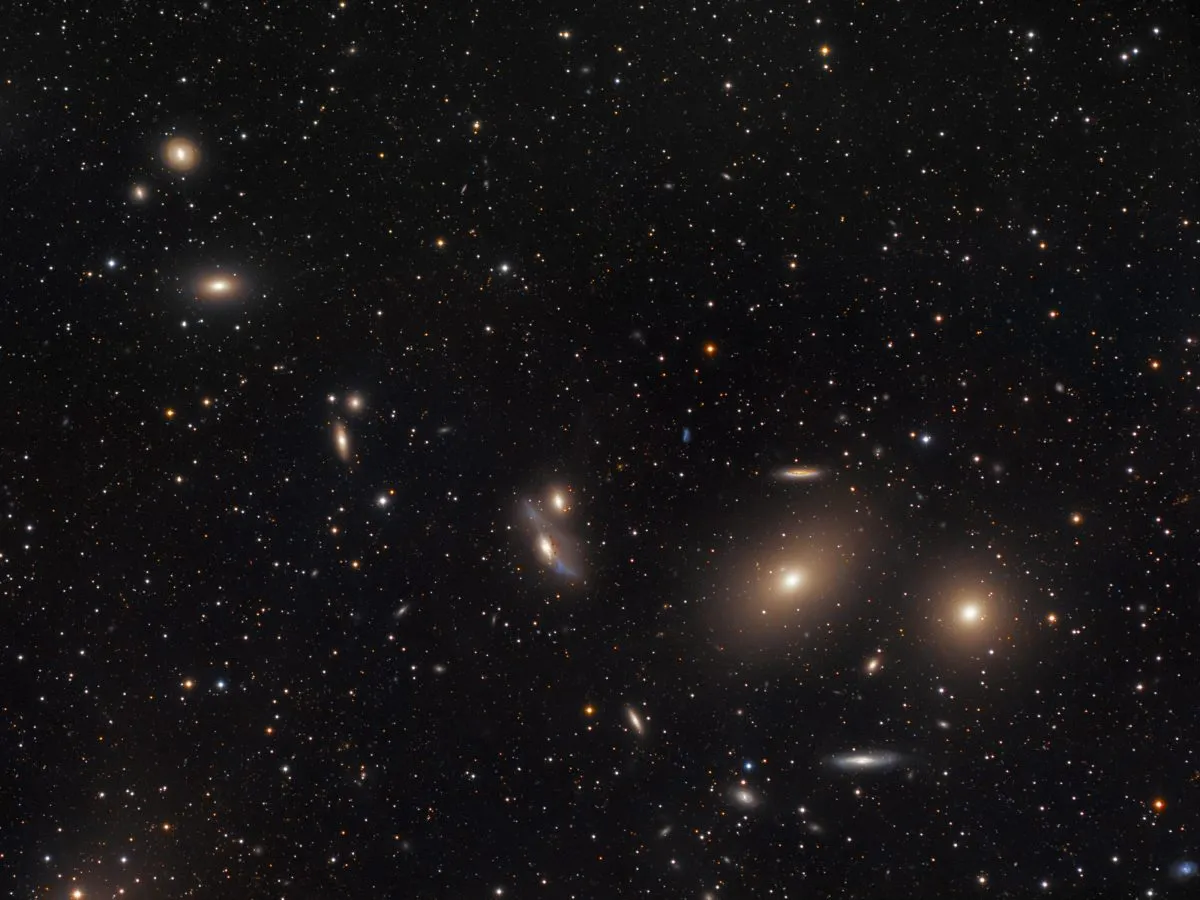
How can one time of year be better for observing galaxies than others? Why are the best galaxies to be seen in spring?
It’s all to do with how Earth orbits the Sun and our planet's position in its orbit at a given time.
In summer, we enjoy our best views of the Milky Way because that’s when the Sun is farthest in our sky from the constellations that contain the brightest and most densely star-packed areas.
In spring, Earth’s position gives us our best view of the constellations that contain the most galaxies. This includes galactic clusters, where it’s possible to observe several galaxies at the same time.
Many observers look forward to spring as Galaxy Season because, compared to naked-eye star clusters like the Pleiades, M45, or bright nebulae such as the Orion Nebula, M42, the season’s galaxies are challenging yet rewarding targets.
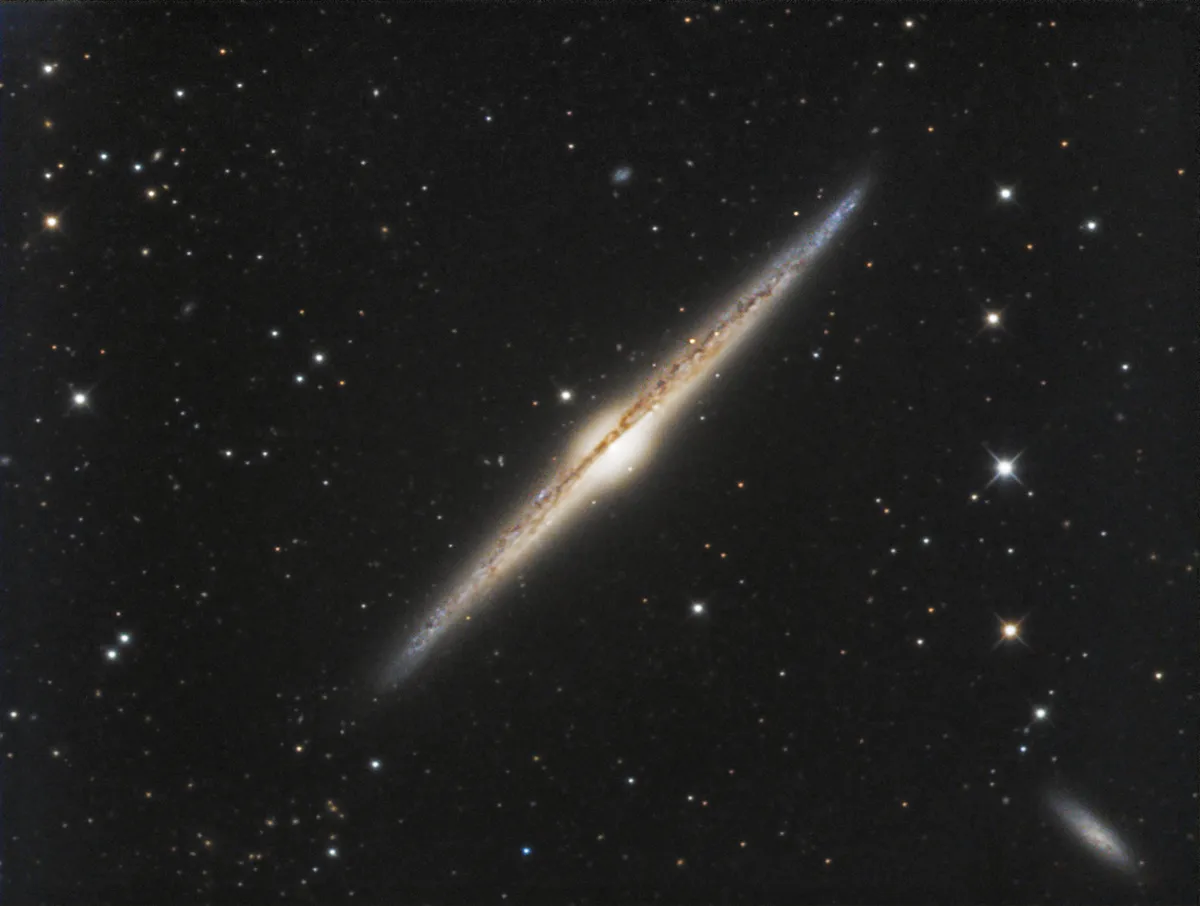
Although some are big and bright enough to be seen through binoculars, most require a good telescope to view them
at their best.
Larger instruments under dark skies reveal the spiral arms and cores of a few, while through smaller telescopes most will resemble small grey smudges.
For most observers, galaxy season is all about observing those smears through a telescope and being awed by these distant, colossal structures.
19 galaxies to observe in spring
Constellation: Leo
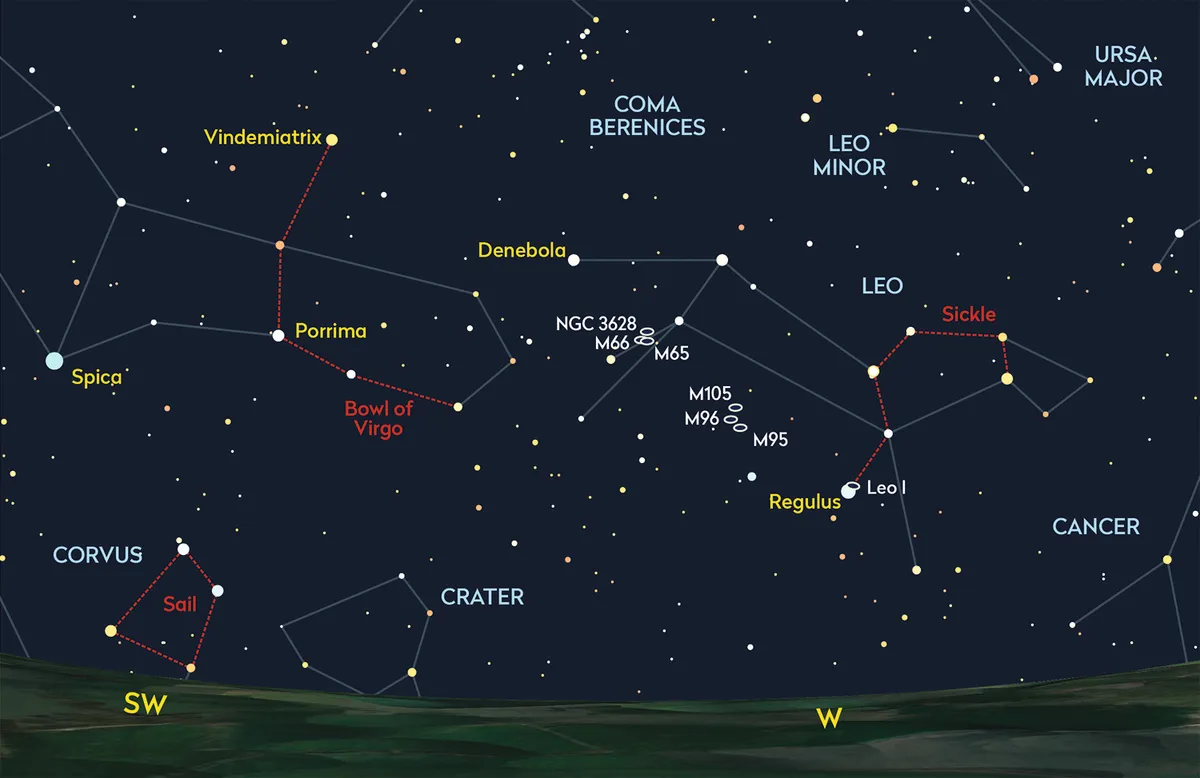
Sphinx-shaped Leo, the Lion is famous for its Sickle asterism, a pattern of six stars including first-magnitude Regulus (Alpha (α) Leonis) that form the shape of a curved blade.
Some observers see it as a back-to-front question mark. It also contains fascinating galaxies, including:
M65
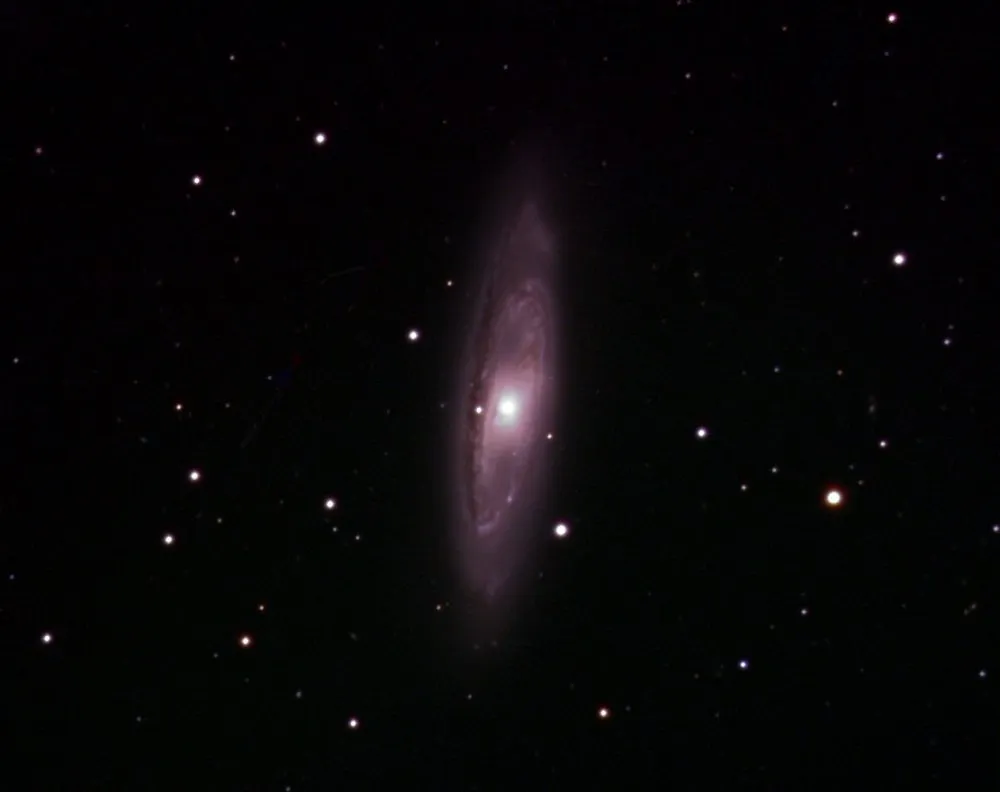
With a magnitude of 10.3, this spiral galaxy is 35 million lightyears away and is one member of the famous ‘Leo Triplet’, a trio of galaxies all visible in the same telescopic field of view.
High magnifications reveal its tightly wound spiral arms and bright centre. It has a diameter of about 90,000 lightyears.
M66
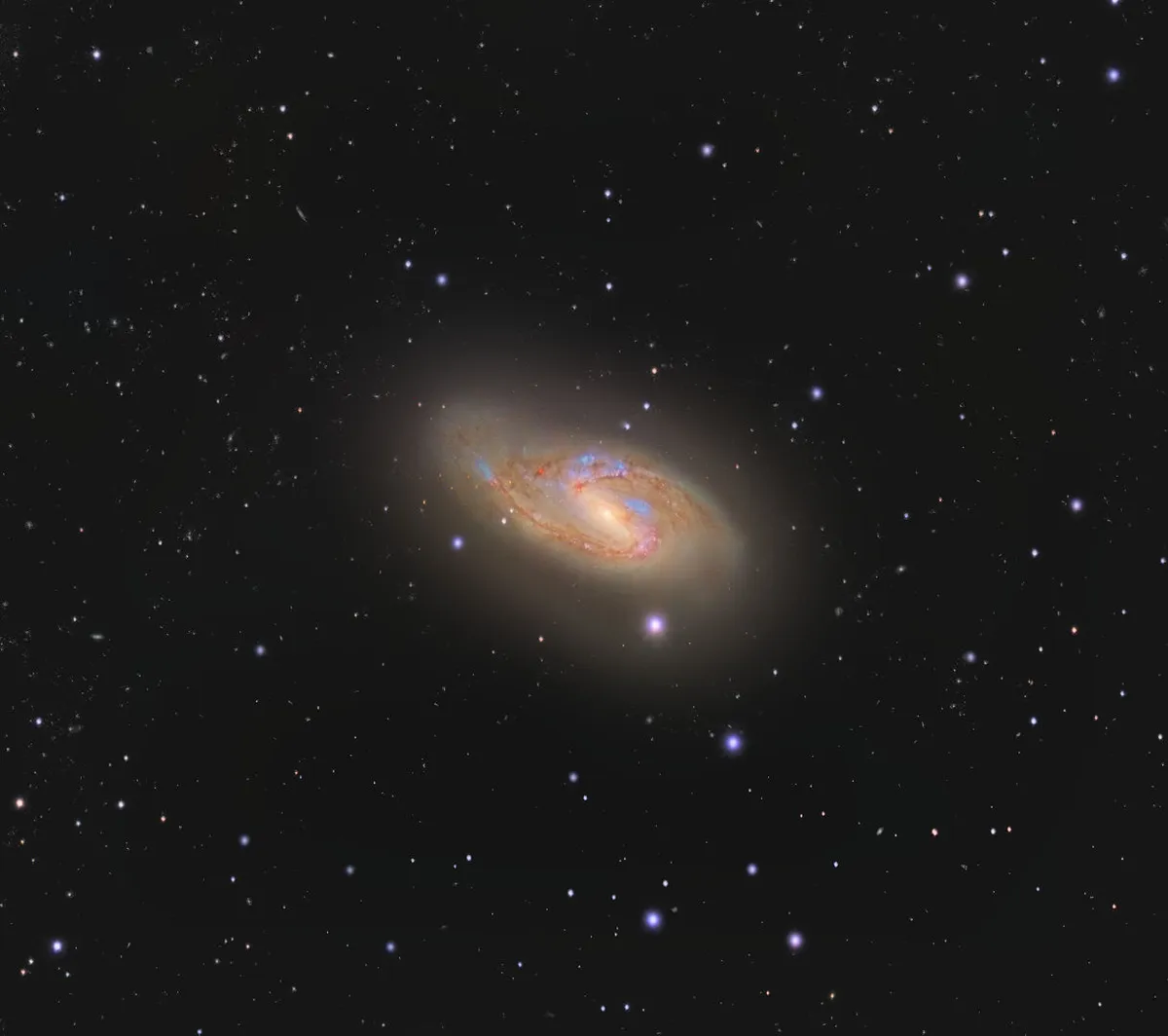
The brightest of the Leo Triplet, this barred spiral galaxy’s arms are among the brightest of any galaxy’s.
Shining at mag. 8.9, it’s just visible through binoculars on a dark, Moon-free night, but you’ll need a telescope to see its mottled arms. M66 lies 35 million lightyears away.
The Hamburger Galaxy

The faintest of the Leo Triplet, this galaxy appears edge-on from our perspective. It’s a spiral galaxy with a broad, dark central dust lane, visible through large telescopes on nights of very good seeing.
M96

This spiral galaxy has a central dark dust lane crossing a very bright core. At mag. 10.1, it’s visible in small telescopes, but with a larger instrument you’ll also be able to see the faint spiral arm that curves away from it to the southeast.
Leo 1

If you fancy a challenge, this is it! Almost lost in the glare of nearby Regulus, Leo 1 is small, very diffuse and faint. Its magnitude of 11.2 means that only owners of large telescopes blessed with clear skies and no light pollution will see it clearly.
Even then it will appear as a small smear of light in the eyepiece. But that smear of light is a satellite galaxy of our own, just like the much larger and brighter Magellanic Clouds that grace the southern sky. This makes it a must-see this galaxy season.
Constellation: Coma Berenices
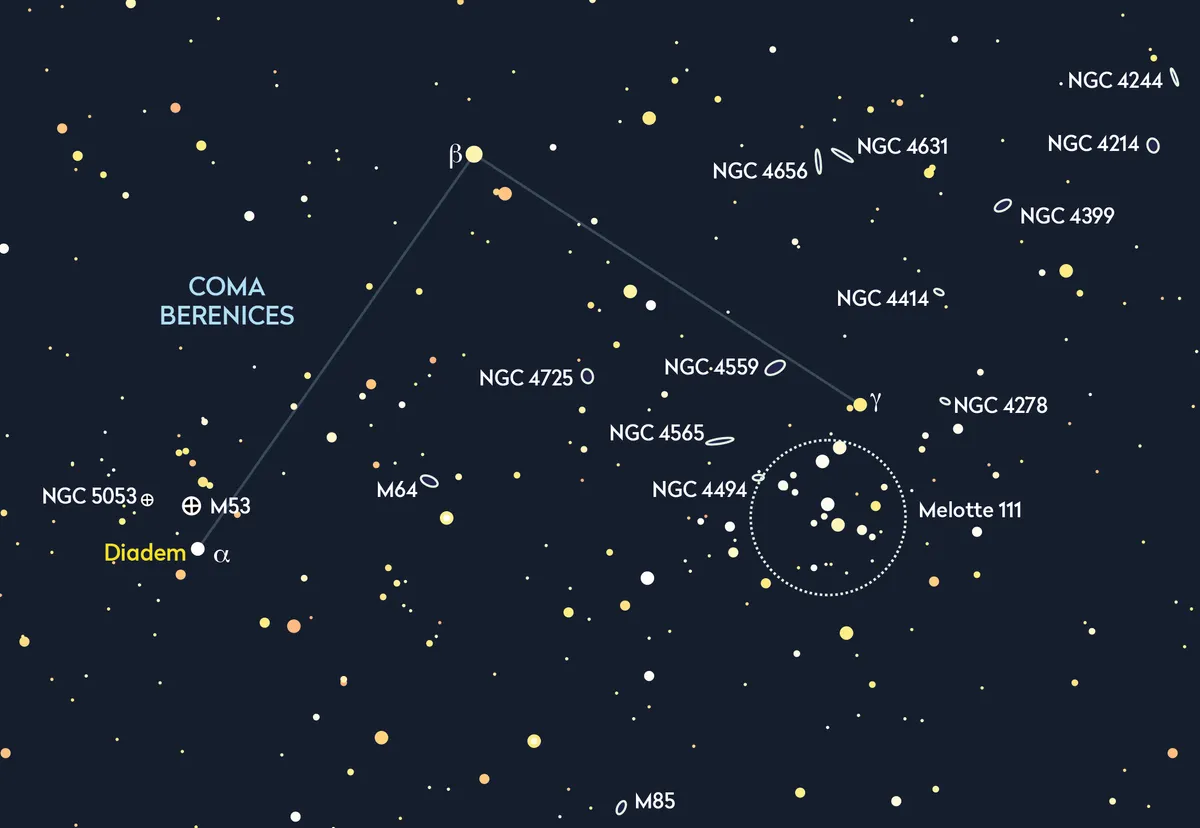
Coma Berenices – or Berenice’s hair – is one of those constellations that looks absolutely nothing like the object it’s supposed to represent.
You’d need the imagination of Steven Spielberg to see ‘maiden’s hair’ when you look at this spattering of faint stars between Leo and the Plough.
But swing a telescope towards it and you’ll see lots of intriguing galaxies, including:
M64 The Black Eye Galaxy
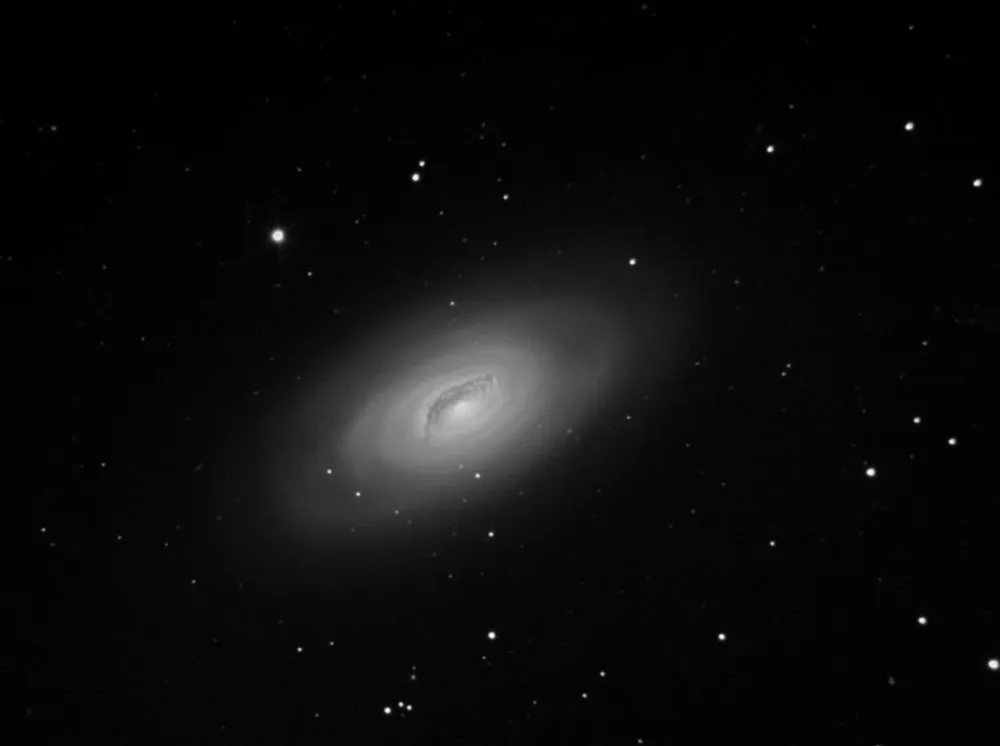
One of the most famous galaxies in the sky, eighth-magnitude M64 is bright enough to see as a small, misty patch in binoculars, but you’ll need a telescope to appreciate how it got its strange nickname. Under high magnification you’ll see a prominent dark dust lane – discovered by William Herschel – crossing the lower part of its bright central core.
The Needle Galaxy
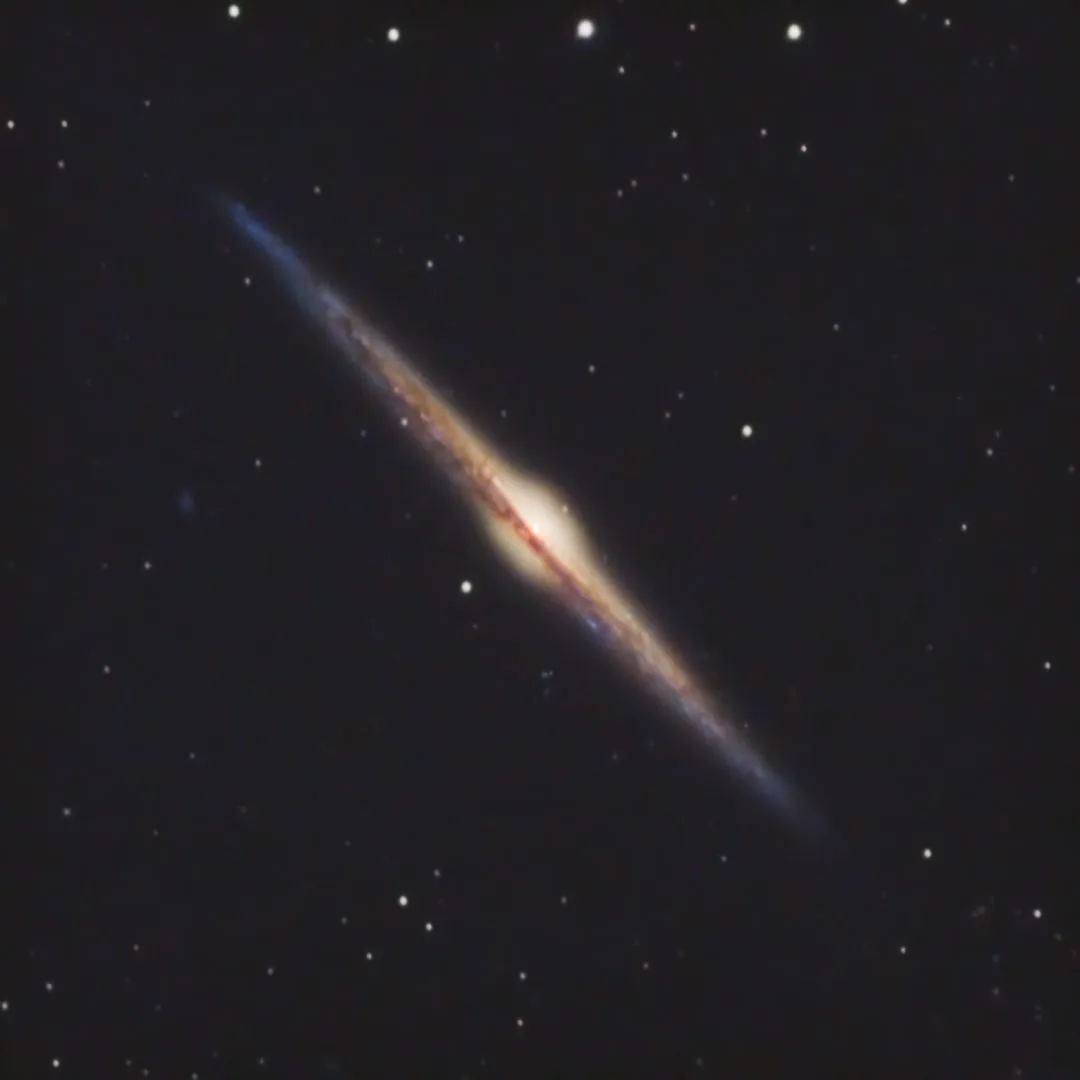
One of the most beautiful galaxies visible during galaxy season, NGC 4565 - or the Needle Galaxy - is around 30 million lightyears away. It’s an edge-on spiral and large instruments give wonderful views of its bright, round core and the dark dust lane that crosses it.
Many observers have wondered how Charles Messier missed spotting this mag. 9.6 treat when putting together his famous Messier Catalogue. It's often used to illustrate how the Milky Way would appear to an observer on a distant world.
NGC 4725
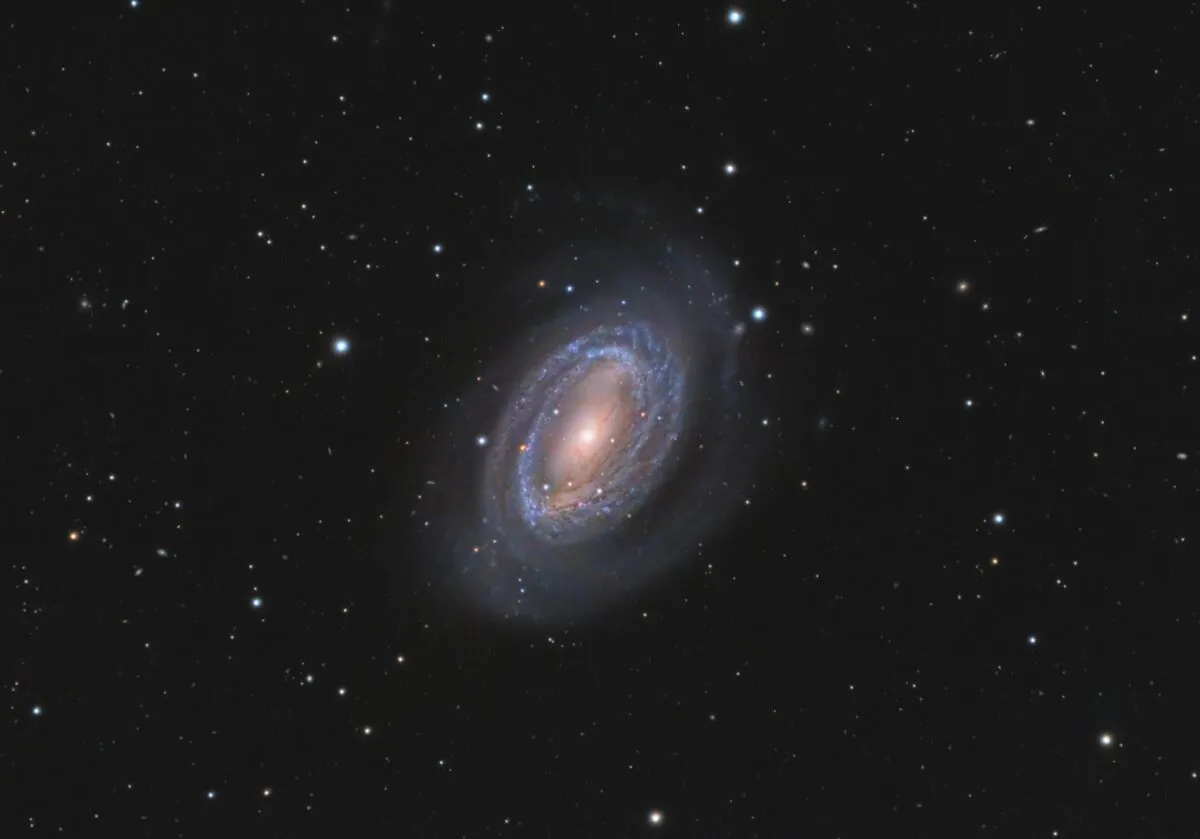
This eighth-magnitude barred spiral galaxy is 39 million lightyears away. Visible in binoculars as a small, oval-shaped smudge, it has been compared to a miniature version of M81.
High magnification shows hints of the single spiral arm that curls away from its central bar.
NGC 4494

A mag. 9.7 elliptical galaxy, NGC 4494 is relatively unremarkable, visually, but it makes our list because it’s a good example of what most galaxies actually look like when seen through a telescope.
Galaxies that look like Catherine wheels, with bright, star-frothed spiral arms, are the exception, and the vast majority appear more like little NGC 4494 – a small, faint smudge of pale grey.
Constellation: Virgo
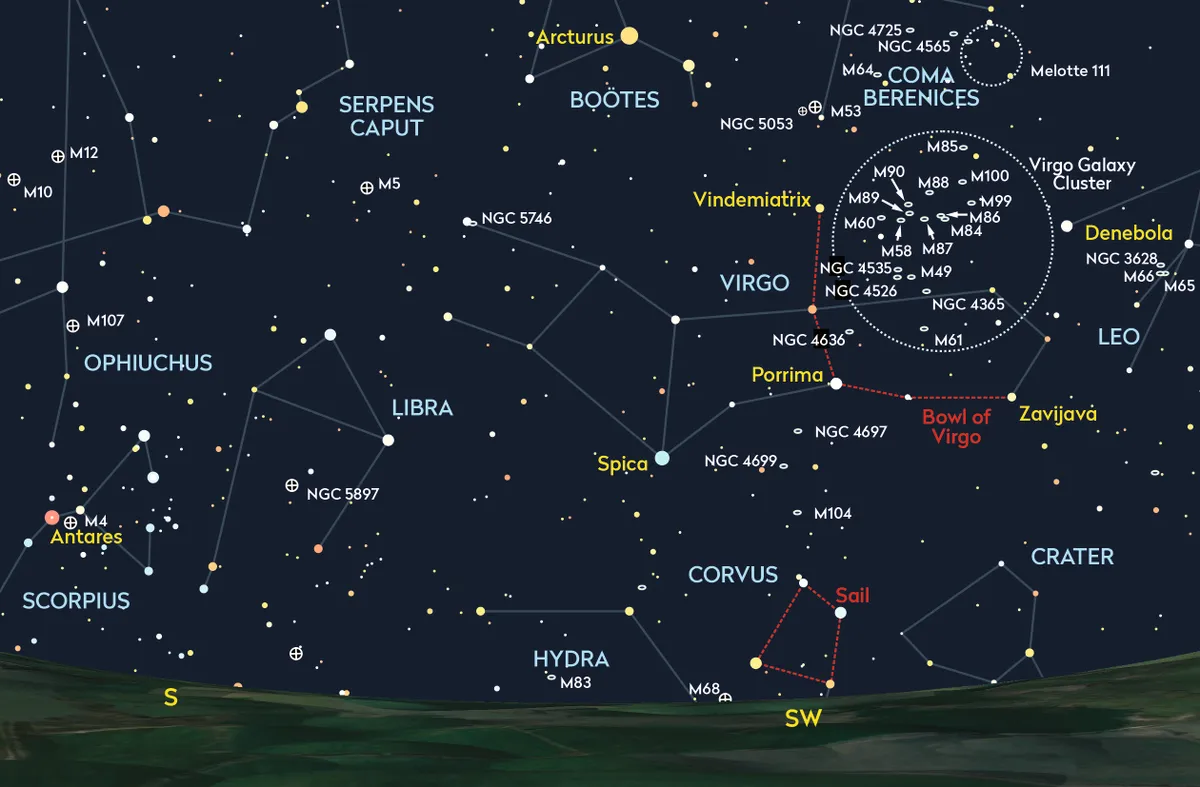
Like neighbouring Leo, the constellation Virgo straddles the ecliptic, so it is often visited by the Moon and planets in Earth’s night sky.
Although Virgo has quite an abstract shape, it contains many galaxies, including some of the best-known in the sky, such as:
NGC 4697
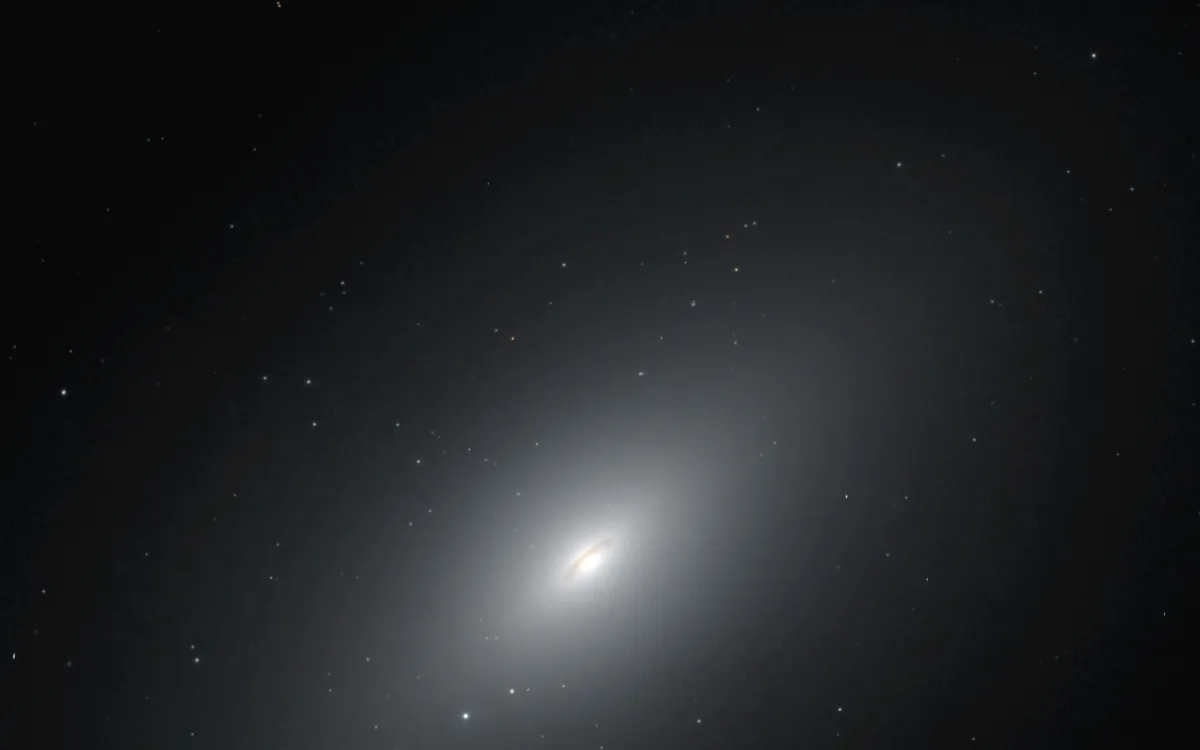
This mag. 10.9 elliptical galaxy appears as a misty, flattened disc in a large telescope. Like most ellipticals, it has no outstanding visible features or structures, and really is a hazy ball of pale, ancient stars.
Astronomers have detected a huge black hole at its centre with a mass between 50 and 100 million times greater than our Sun.
NGC 4699
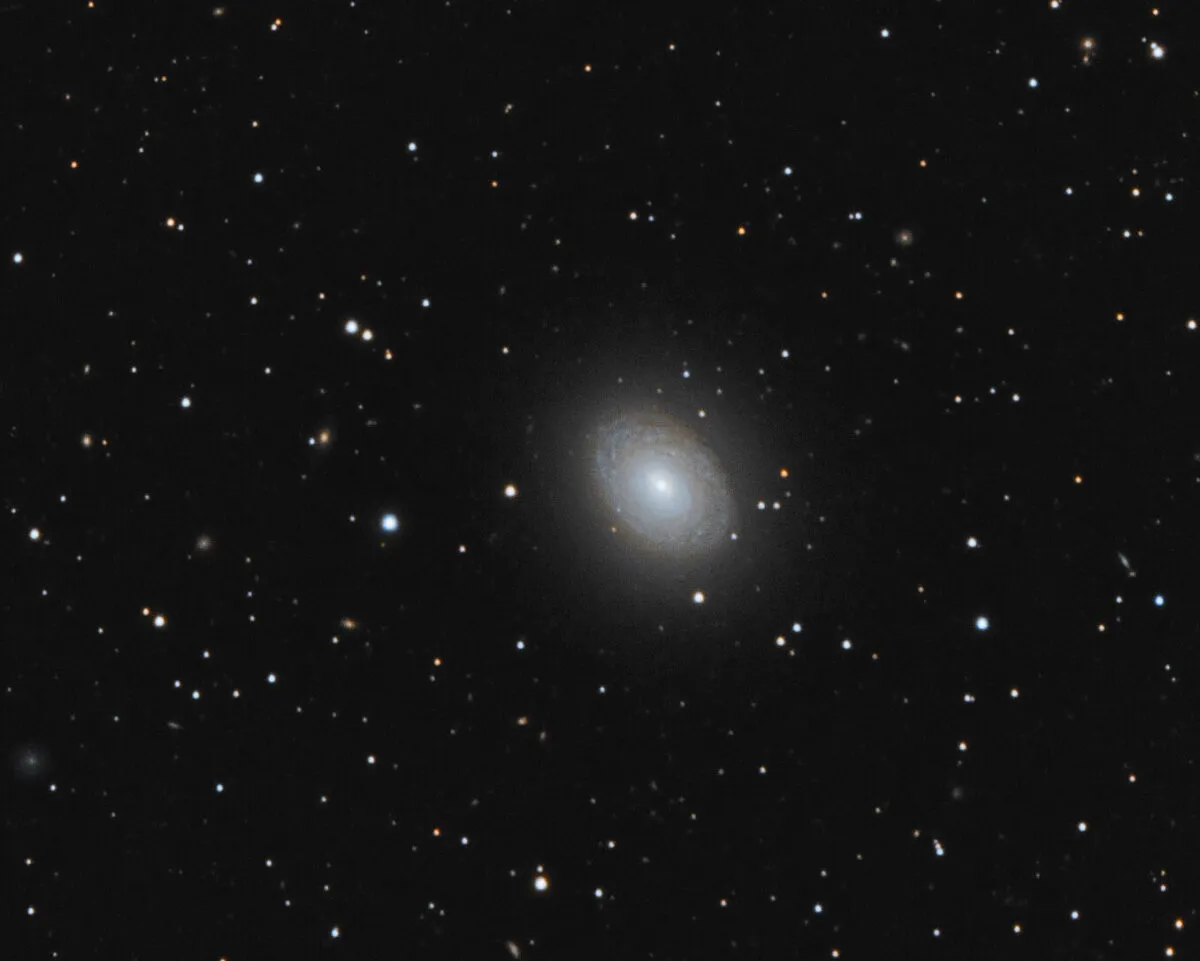
This spiral galaxy is 65 million lightyears distant and has a magnitude of 9.4. Large telescopes show it as an almost flower-like object, composed of multiple faint rings and arcs.
It is around 85,000 lightyears across and was discovered by William Herschel in 1786.
M104 The Sombrero Galaxy
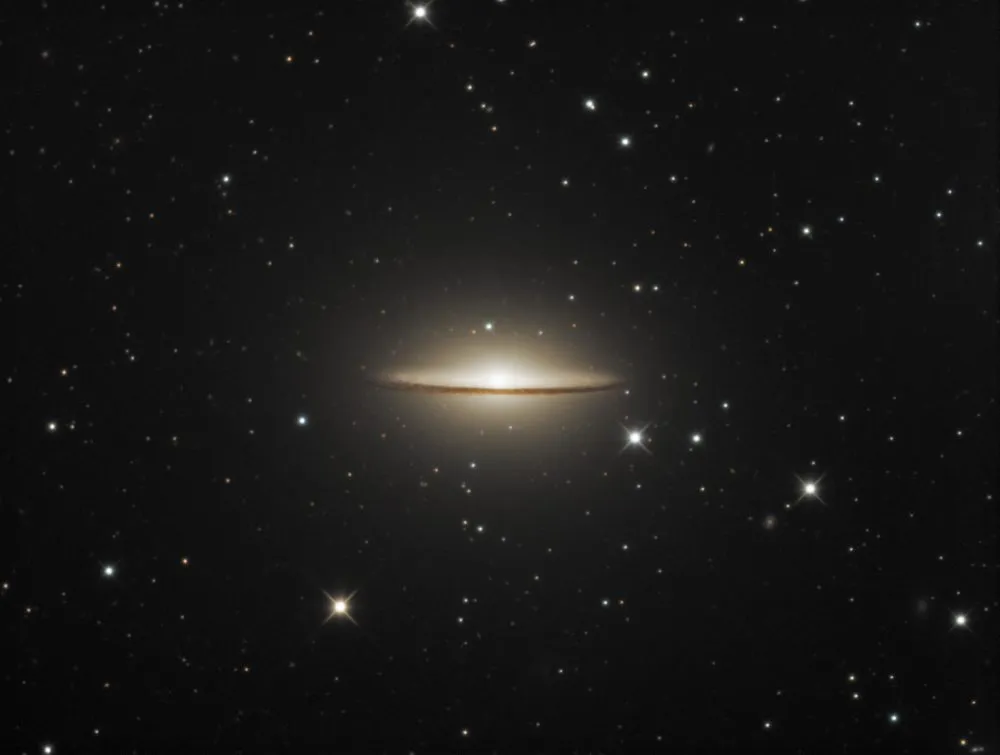
With a magnitude of 8.0, this famous galaxy can be seen easily through binoculars on a clear, dark night, looking like a small oval patch of grey light. Look at it through a telescope, however, and you’ll see why it’s compared to a Sombrero hat.
The Sombrero Galaxy is an edge-on spiral galaxy with a bright and unusually large central bulge that’s crossed by a thin, dark dust lane. We now know that a 1 billion solar-mass supermassive black hole lurks at its centre.
NGC 5746
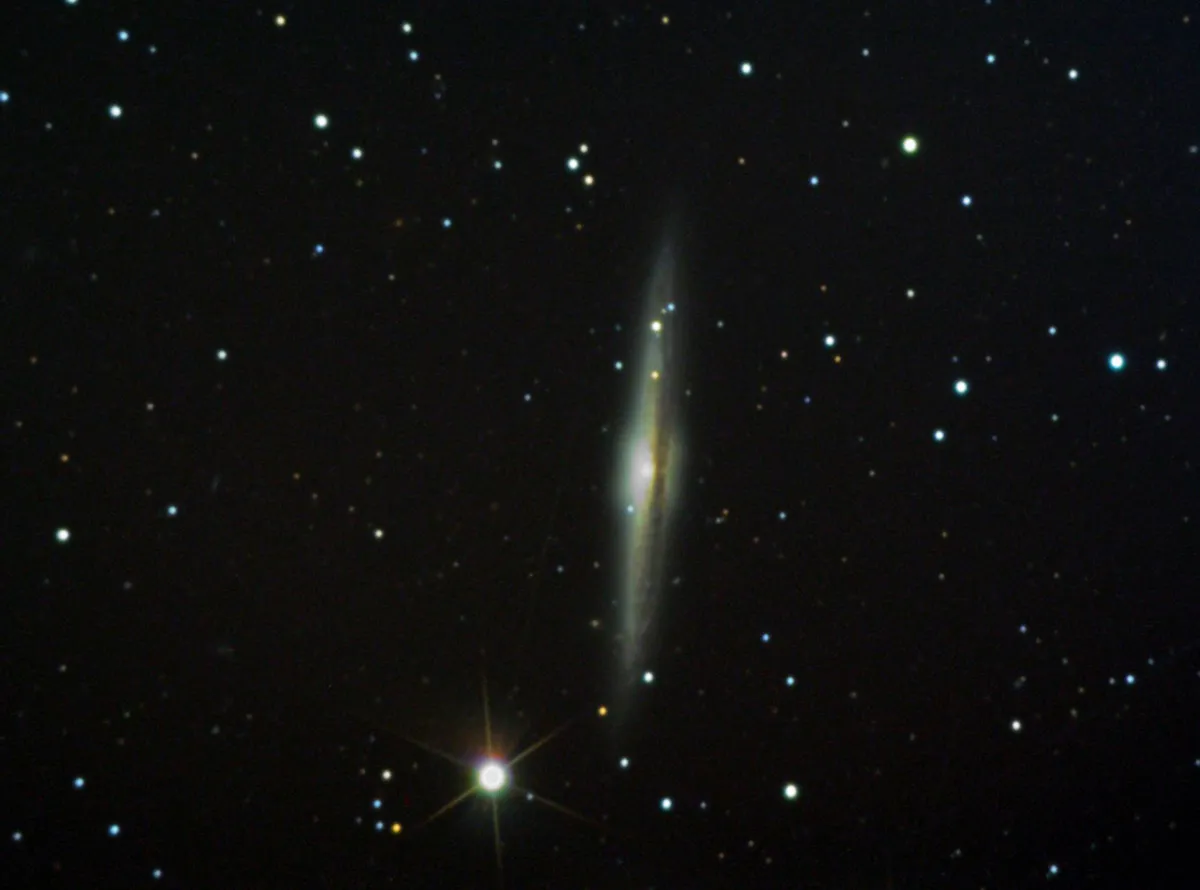
NGC 5746 is a typical edge-on spiral galaxy. It has a bright central bulge that’s bisected by a dark lane of dust.
With a magnitude of 10.0, it’s too faint to be seen in binoculars and is little more than a faint misty line in small telescopes, making it a target that’s best suited to larger instruments.
The Virgo Cluster
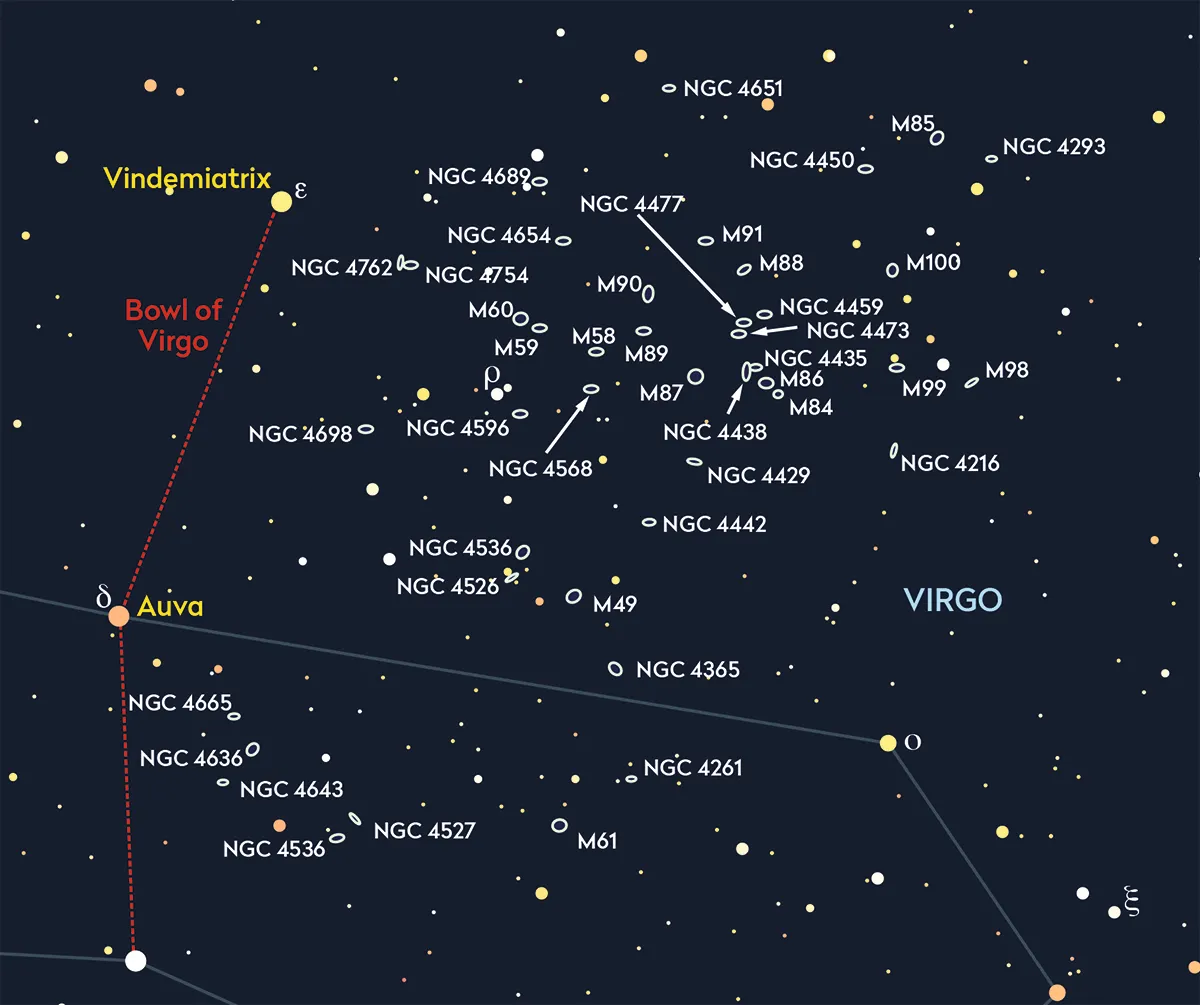
Just as stars form into clusters, so galaxies do too. These truly enormous structures, millions of lightyears across, contain vast numbers of galaxies of all shapes and sizes, moving through space together like snowflakes in a blizzard.
There are several such clusters, each containing many deep-sky objects, but the Virgo Cluster, a spray of more than a thousand galaxies, is in a class of its own.
M87 Virgo A
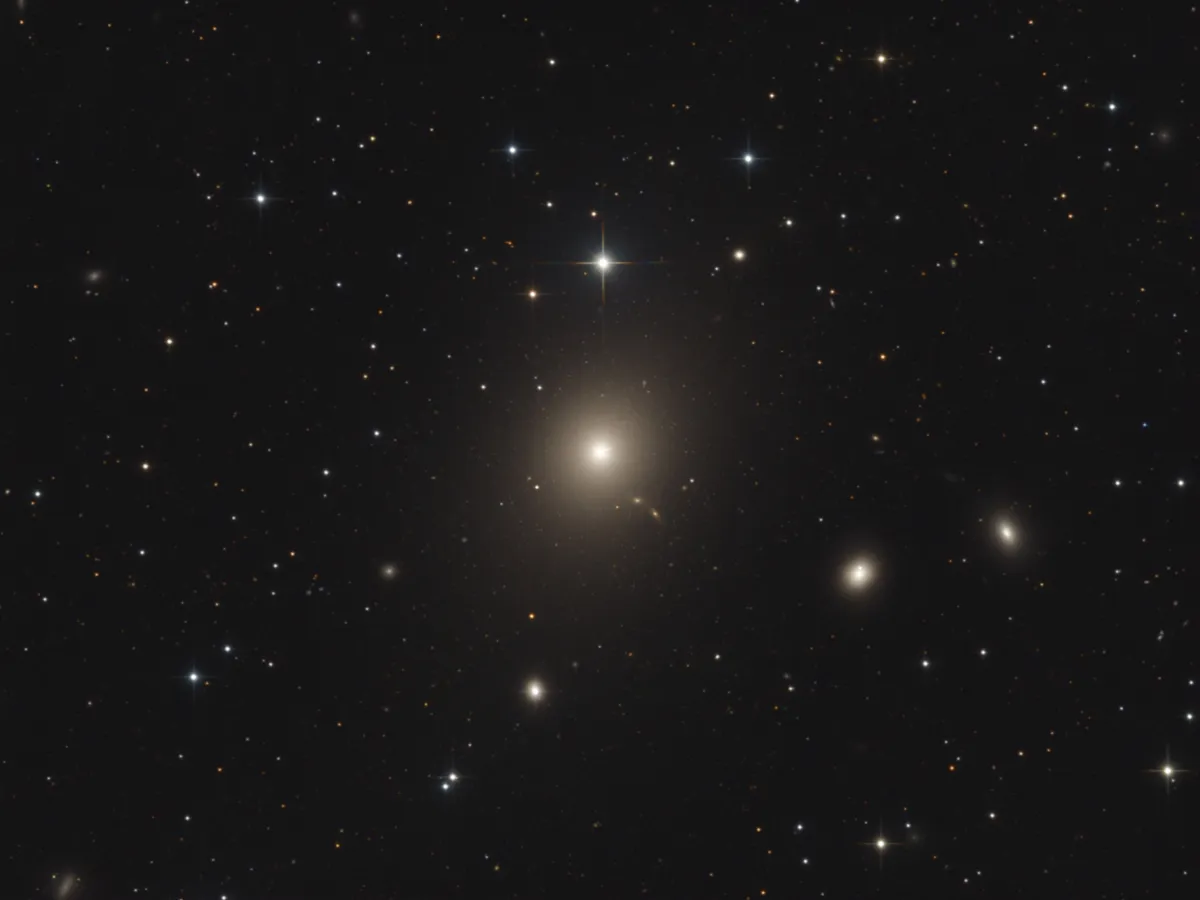
The brightest member of the Virgo Cluster, this elliptical galaxy floats at a distance of 55 million lightyears and has a magnitude of 8.6, making it easily visible through binoculars. With a telescope it will appear as an almost circular hazy patch.
Images taken with the Hubble Space Telescope show a pair of high-energy jets shooting out of M87 like lighthouse beams. M87 is a huge galaxy, perhaps as much as half a million lightyears wide, and is surrounded by more than 12,000 globular clusters, compared to the 200 or so that orbit the Milky Way.
M60

A true monster of a galaxy, this giant elliptical contains around a trillion stars. Shining at mag. 9.8, it’s visible as a tiny smudge through binoculars, but large telescopes will clearly reveal its round shape and also its close visual companion, the spiral galaxy NGC 4647, which is about two-thirds the size of M60.
Discovered in 1779 by the German astronomer Johann Gottfried Köhler, M60 lies 54 million lightyears away from Earth.
M88
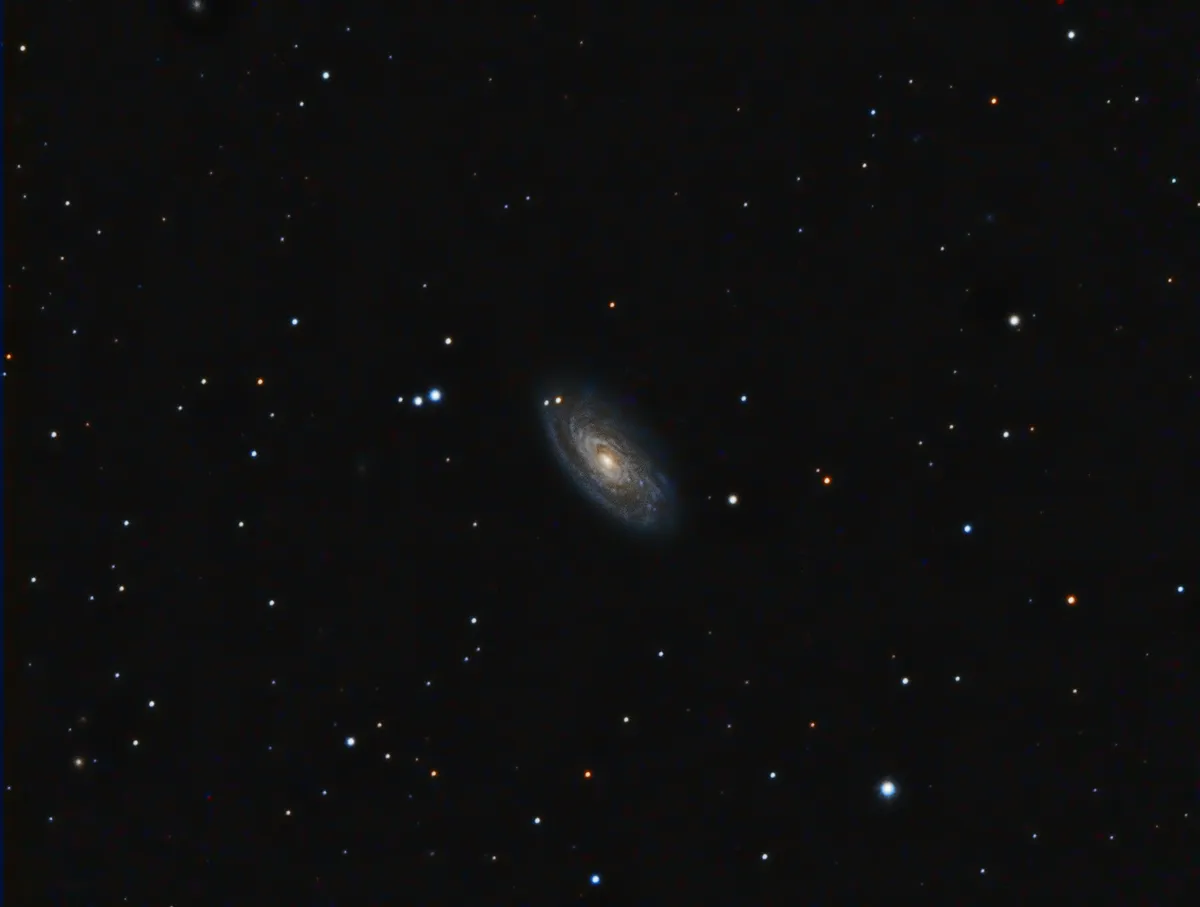
Mag. 9.3 M88 is a giant spiral galaxy. Through a telescope it appears as a misty oval smudge, which some observers think resembles a shrunken version of M31, the Andromeda Galaxy.
Large instruments reveal hints of mottling within this compact spiral’s tightly curved arms. Although it is part of the Virgo Cluster, it’s located in nearby Coma Berenices.
M91
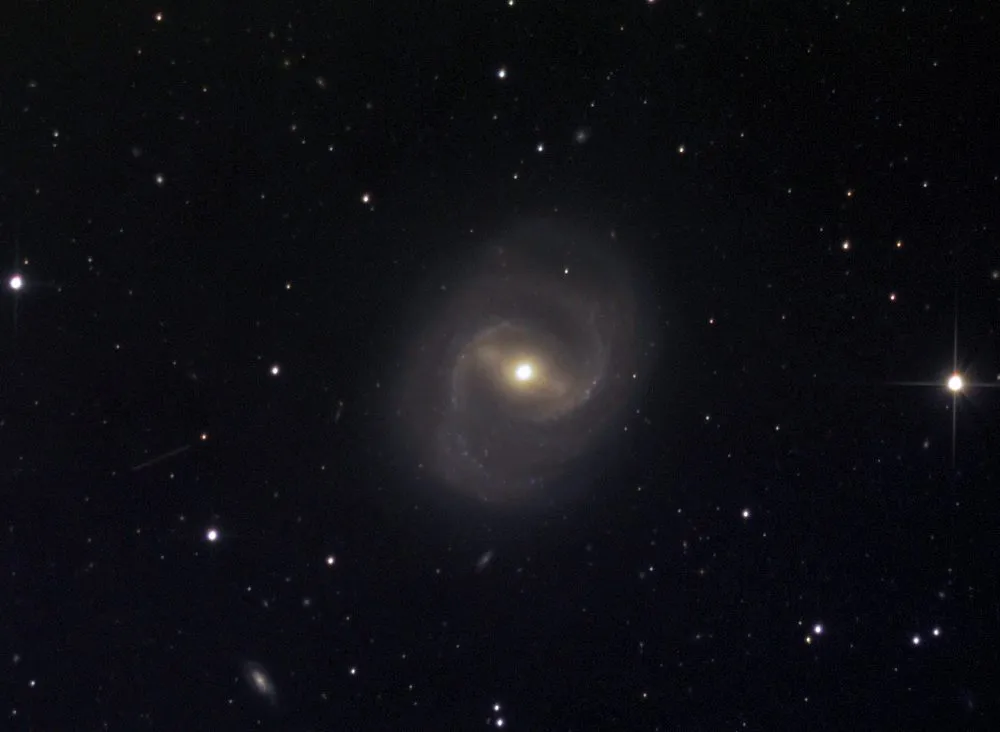
This 11th magnitude galaxy is one of the faintest object in Messier’s catalogue, and is 60 million lightyears away.
It’s a beautiful sight in a large scope, with two spiral arms curving away from its central bar, but you’ll only see those with high magnification under a truly dark sky. It’s also located in Coma Berenices.
M100
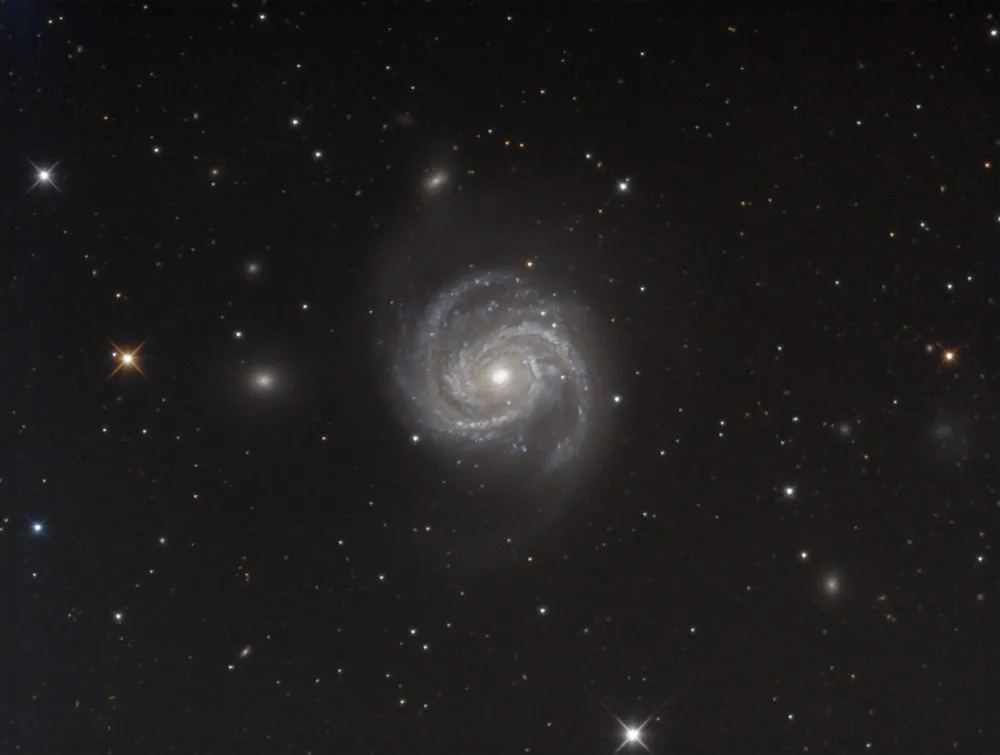
Another beautiful galaxy, M100 has a magnitude of 9.3 and is 52 million lightyears away. Small telescopes show its bright centre and oval shape, while larger instruments reveal tantalising hints of its tight spiral arms.
NGC 4438 / NGC 4435
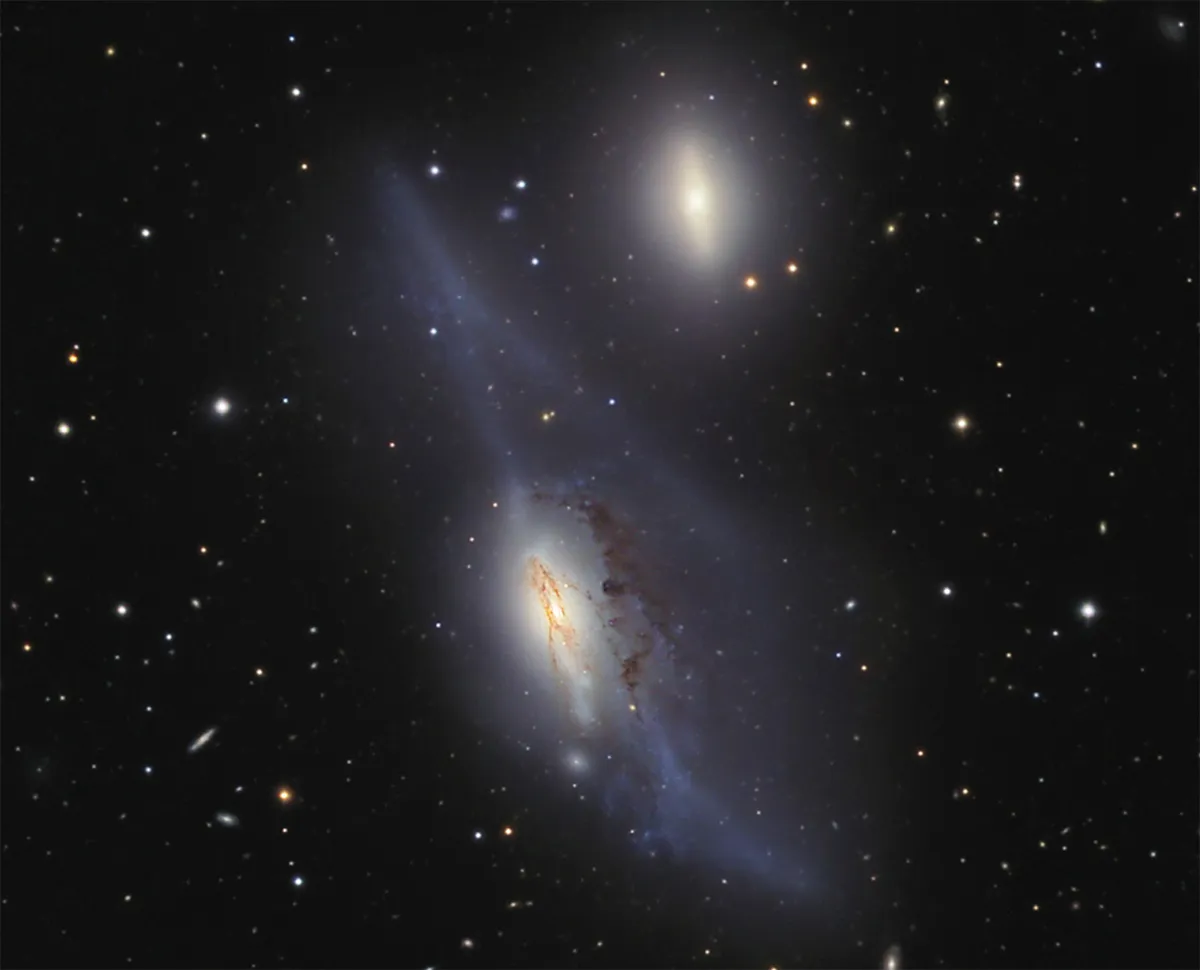
The final entry on our list of Galaxy Season galaxies! This close pair of spiral galaxies was nicknamed The Eyes by LS Copeland, who thought it looked like a pair of eyes staring back at him from the depths of space.
Together, they form part of the Markarian’s Chain asterism, a trail of galaxies that meanders across the Coma Berenices/Virgo border. At mag. +10.6, NGC 4438 is the fainter of the pair, almost a magnitude fainter than its close neighbour NGC 4435.
What are your favourite galaxies to observe during spring Galaxy Season? Let us know by emailing contactus@skyatnightmagazine.com.
